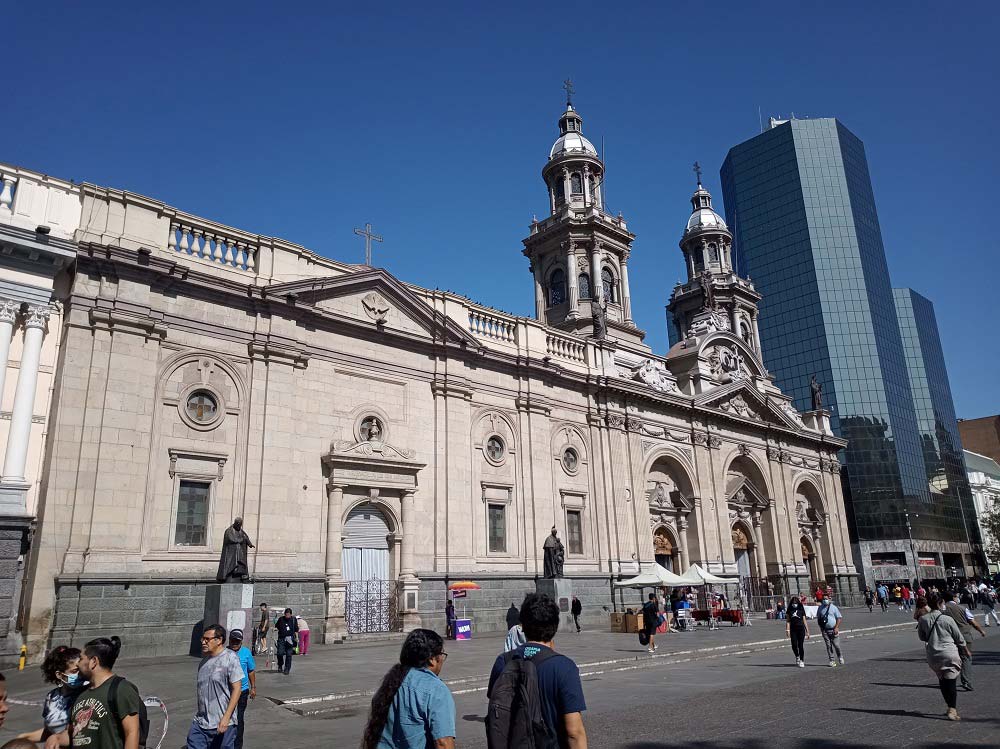Located in the heart of the Chilean capital, the square was set up in 1541 by Spanish conquistador Pedro de Valdivia as a military training field and strategic center to expand what had been taken over.
The most important buildings of the time were constructed around it, including Santiago´s first cathedral and the Governor’s Residence, which is the Central Mail Office today.
Other buildings constructed were the Royal Court Palace, where the National History Museum is located, and the city council, current headquarters of Santiago’s Municipality.
Throughout the years, the square became a commercial center, because carts with merchandise reached the area. It was the site for horse-driven wagons and later for electric street cars to gather.
In the second half of the 19th century, it began to be modernized and became a European-style square, with fountains and gardens where cedars, araucarias, silk cotton trees, oaks and palm trees were planted.
Standing out among its works is the Monument to American Liberty by Italian artist Francisco Orsolino, which shows a woman who breaks the chains of slavery.
In addition, the square includes the sculpture complex dedicated to autochthonous peoples by Enrique Villalobos, which opened in 1992 to commemorate the 500 years of that evil called “Discovery of America.”
The equestrian statue of Pedro de Valdivia with the document of Santiago’s establishment and that of Cardinal José María Caro in the cathedral’s façade are also important monuments.
Plaza de Armas is today one of the most visited places in the city, both by Chileans and people coming from different parts of the world, who walk or come for a caricature to be painted by drawers who have their stands there, take pictures with old cameras and even play a chess game.
Taken from Orbe
By Carmen Esquivel, Chief Correspondent/Santiago de Chile
jg









